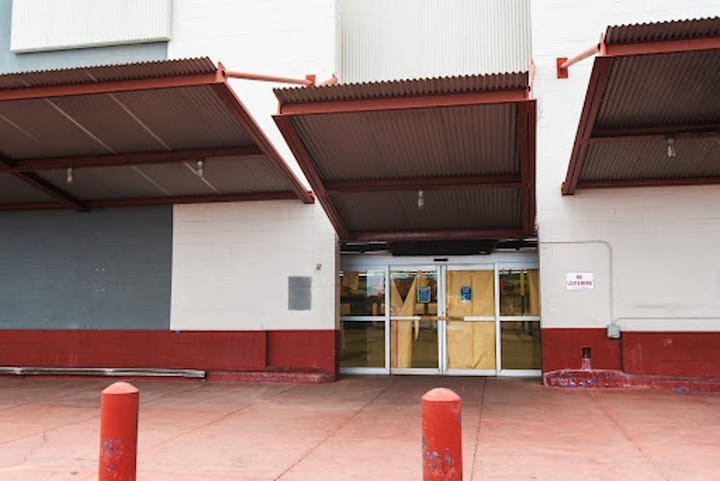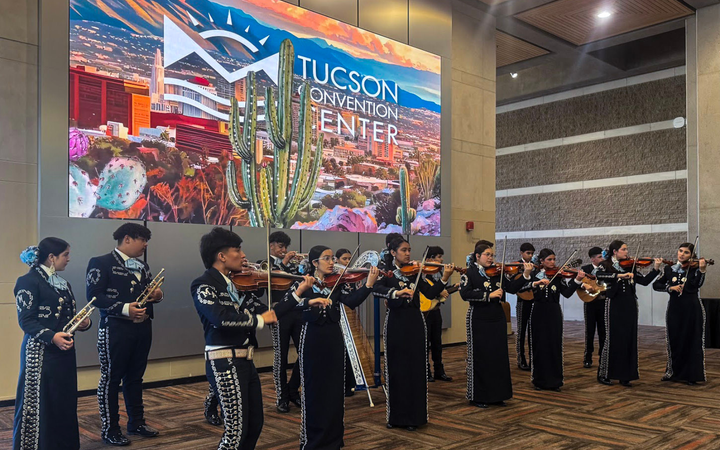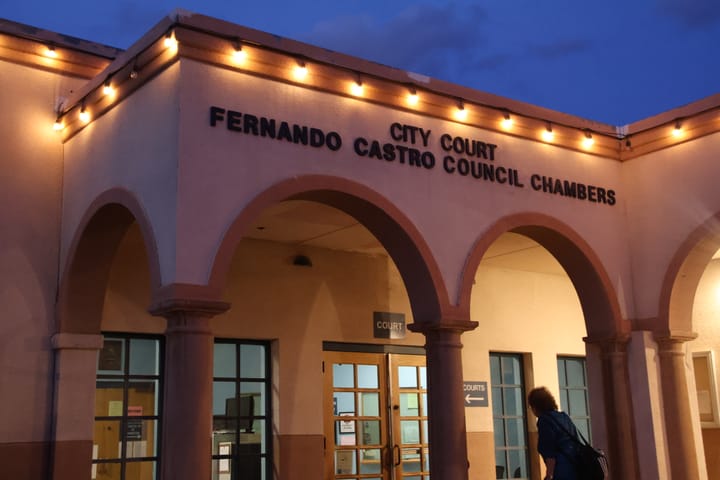Rio Nuevo weighs cuts amid budget challenges
Rio Nuevo is confronting a budget shortfall that may require cutting projects and reassessing future funding to stay financially stable.
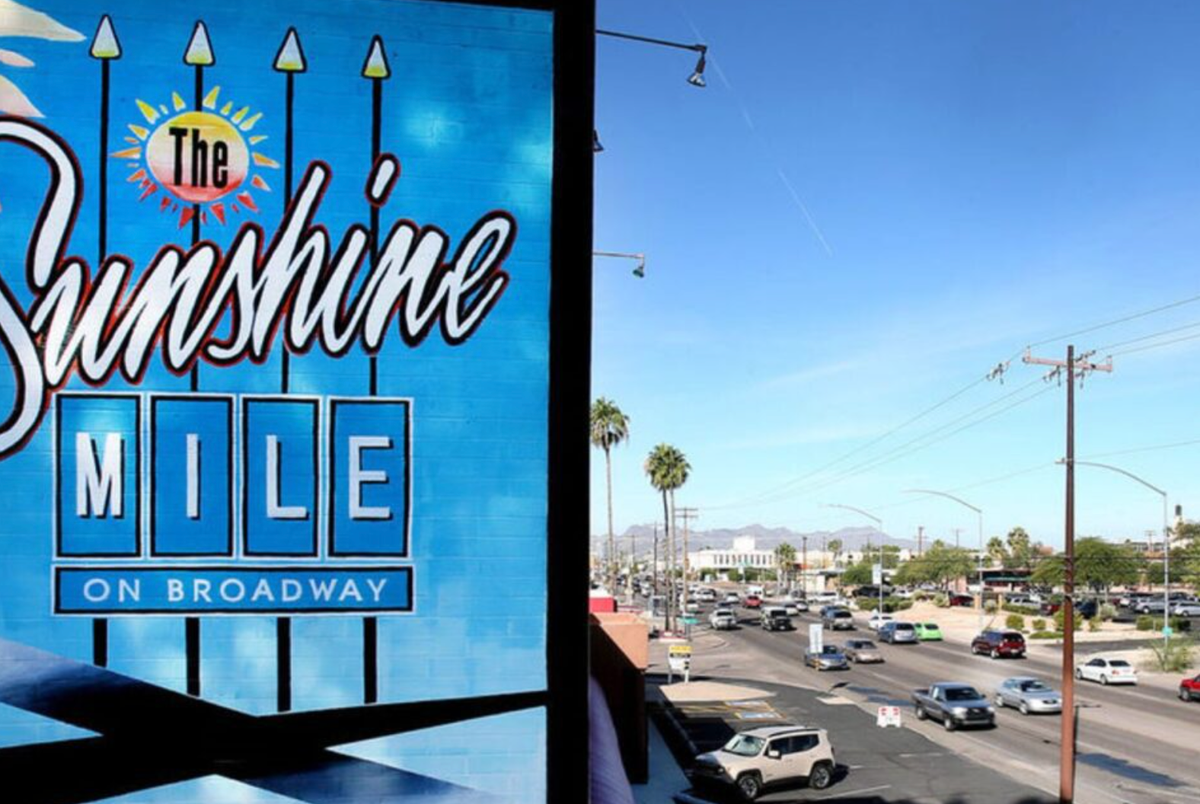
Facing a projected $7.5 million cash shortfall next year, Rio Nuevo board members warned at a meeting last week that continued overspending could leave the downtown revitalization group unable to fund future projects.
Rio Nuevo is a tax increment financing district that runs from Congress Street to Park Mall. Its goal is to invest in projects that expand the tax base and bring people and new businesses downtown.
At its June 10 meeting, the board reviewed spending from the past year and wrapped up planning for the 2026 fiscal year budget, which spans July 1 through June 30 and must be approved by the state legislature.
“We’re a very small gnat in the state’s budget, but one of the things that we’re very good at is using those dollars to create private sector leverage,” said Chairman Fletcher McCusker.
Rio Nuevo doesn’t use infrastructure, city or county funds to invest in projects, but instead generates money through sales tax and selling property within its district.
Fueled by sales tax revenue from downtown and the Broadway corridor, the group brought in $1.5 million per month over the past fiscal year and invested $8.3 million across 20 projects, leveraging a total of $50 million in investment.
As of May 31st, the group had about $10.5 million in general funds, with $730,000 on hold for debt services, about $125,000 in projected rebates and around $4.2 million of projected cash flow for the next year.
This adds up to about $13.9 million for the next fiscal year, according to Rio Nuevo CFO Dan Meyers, who said that over this past year, the board committed more than $18 million to projects and paid off an additional $6.3 million.
Rio Nuevo is averaging $1.6 million in monthly revenue so far in 2024, surpassing its $1.4 million monthly projection. Meyers said he expects total revenue to reach $19 million.
“I think this proves that the projects we’ve been bringing online are certainly making an impact downtown,” said Meyers.
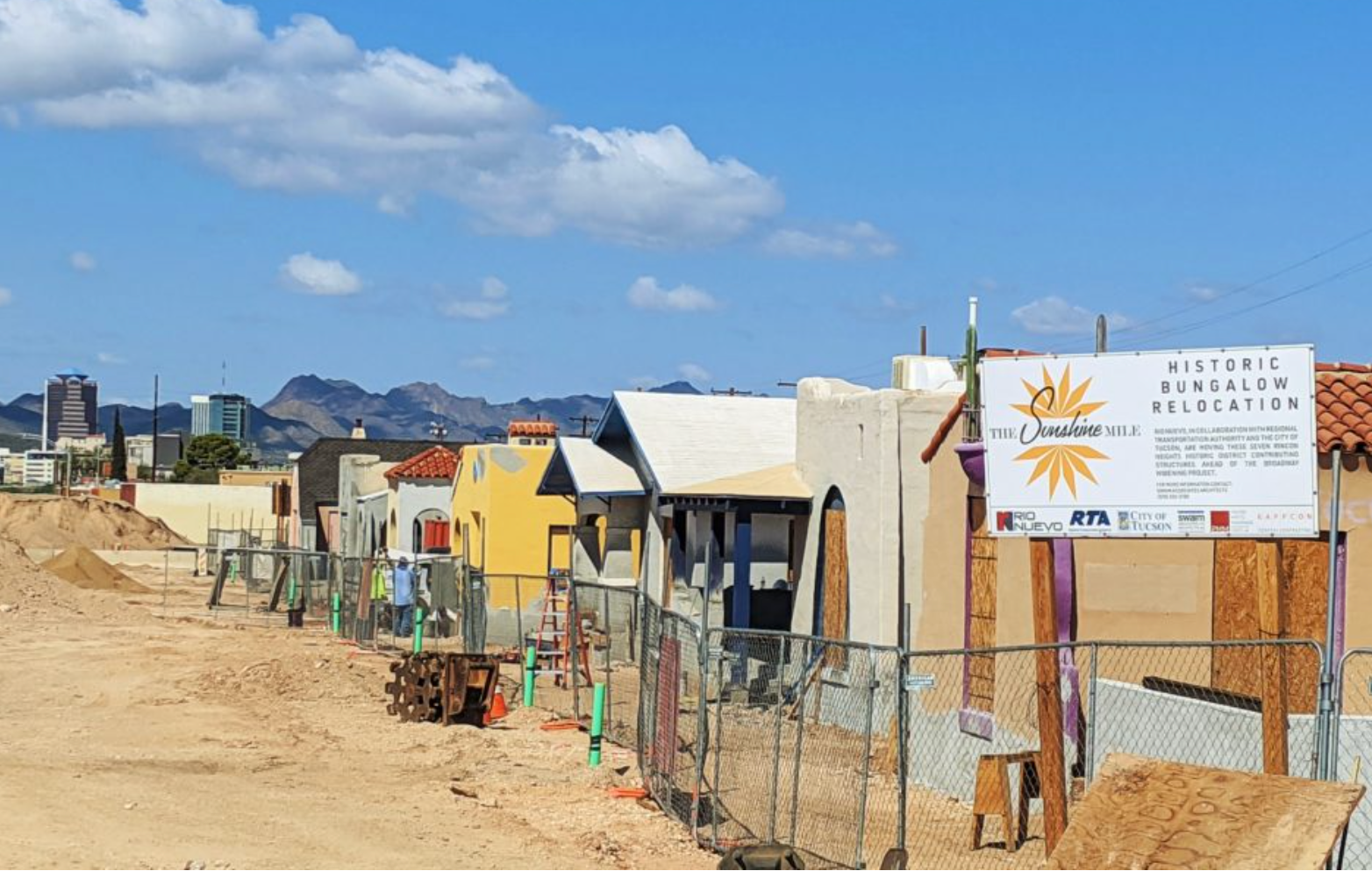
With $10.5 million in the bank and $18 million committed to projects, the group appears overextended, but McCusker said incoming revenue will close the gap.
“We get about 50% of the sales tax from our district monthly, so we’ll continue to see new tax dollars and new project tax dollars next year, which allows us to make up that difference,” said McCusker.
While at face value, Rio Nuevo is facing an $8 million deficit, it operates on a cash flow budget, meaning the board has some flexibility to spread out some project payments over time and push projects back.
“When you’re putting the budget together, it’s kind of an art form trying to figure out how quickly certain projects are going to move forward,” said Treasurer Chris Sheafe.
But the budget could still impact future spending.
Going into the 2026 fiscal year, the board's projected monthly revenue is about $1.6 million, with $150,000 in monthly rebates and $100,000 set aside each month. That adds up to about $16.2 million in net tax revenue, Meyers said.
The board also budgeted about $17 million in total income from rentals and interest.
Meyers said the board will have just over $15 million available to cover debt service and project costs. After meeting its debt obligations, about $6 million will remain for project commitments, with a projected cash flow of approximately $5.8 million.
After expenses, it is projected that the board is looking at a balance of about $2.6 million in June 2026.
“We’ve got plenty of money in the bank and we’ve known these projects are going to come to fruition,” Meyers said. “But what we are seeing is we’re going to be spending a lot more money this year than what we're taking in…about $7.4 million or so in negative cash flow.”
While there will be enough money in the bank to fund projects during fiscal year 2026, Meyers said this could present an issue in the years to come.
“Those big projects that have got zeros next to (them), If we’re going to be doing those things, we’re going to have to look at some interesting ways to finance those,” Meyers said.
Board Treasurer Sheafe said the fiscal year 2026 budget does not account for larger projects the board is interested in supporting, such as the Obi Hotel, Moxy Hotel, Friedman Block and several restaurants.
“When you hear the statement that we’re overdoing it, there is no way to avoid the fact that if we keep doing what we’re doing, we really are spending ourselves into a position where we won’t have any ability to react to other requests coming in the door,” Sheafe said.
He said the group has been overspending its income and it will only take approval of one or two of the larger projects to wipe out the rest of the group’s money.
“That’s what we need to be thoughtful about when we look at all these things that we’re spending money on,” Sheafe said.
The board explored strategies to avoid depleting its funds, including scaling back projects and aligning them with its master plan, while also hearing public input on the proposed budget and initiatives.
The discussion was tabled until the next meeting, on June 24, when the board will vote on the final budget.
“We can’t spend $7.5 million more than we take in next year,” Sheafe said. “We will go under by at least $5 million, so we need to be thinking forward and thinking how we’re going to strategize and do what we need to do to create the economic drivers that are our mission.”
Arilynn Hyatt is a journalism major at the University of Arizona and Tucson Spotlight intern. Contact her at arilynndhyatt@arizona.edu.
Tucson Spotlight is a community-based newsroom that provides paid opportunities for students and rising journalists in Southern Arizona. Please support our work with a paid subscription.

